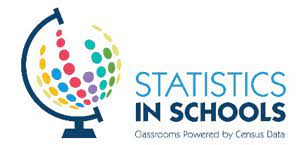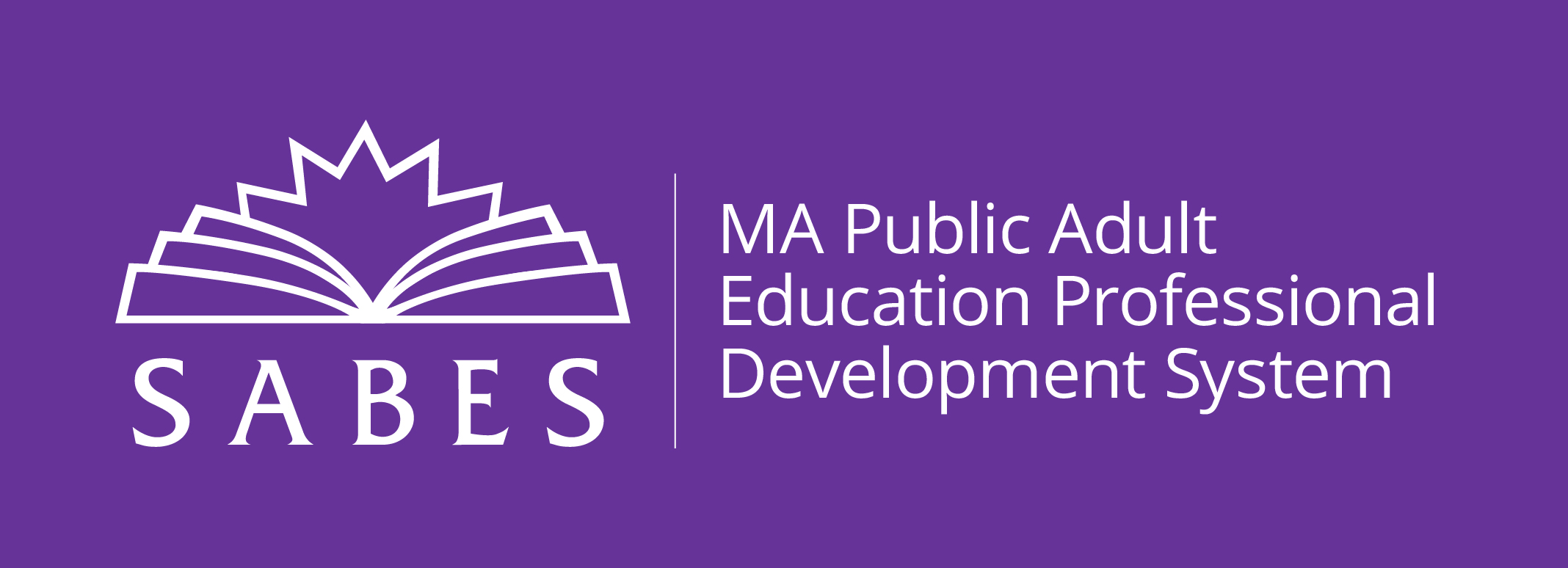
“Through topics such as family structures, immigration, and the value of education, show students how they can apply math and statistics to make real-life decisions and identify important changes in their community and country.”
The US Census Bureau has a collection of activities, created by teachers, that address a variety of topics at a range of levels and use authentic data that is built in to each activity in easy-to-read formats. Each activity has a full teacher guide and student pages that include the data that drives the activity. The teacher guides include learning objectives, materials needed, standards from the Common Core (many are the same as CCRSAE standards), answer keys, extension ideas, and more.
Here are some examples of activities and the math concepts they involve:
- Using Fractions to Compare Amusement Parks by States – Students use data to create visual models of fractions and use them to analyze the data.
- Immigration Nation – Students create bar and line graphs from immigration data (including working with scale) and use them to analyze trends.
- Frequency Distributions - Hispanic or Latino Population Percentages in 50 States and the District of Columbia – Students use census data to create frequency tables and histograms.
- Interpreting Dot and Box Plots - How Has the U.S. House of Representatives Changed Over Time? – Students use dot plots and box plots to investigate how the apportionment of representatives in congress changed from 1940 to 2010.
Some considerations when choosing activities and using them with your students:
- Don't worry too much about the target grade level of the activity. Assess for yourself whether the content and level of challenge is appropriate for your students. You can also adapt the activities to make them easier or harder if necessary. You may want to take the data provided and create your own activity!
- Ask yourself whether the content will feel relevant and inclusive for your students. Be aware that the data provided for an activity may leave students feeling invisible if they are not included. For example, data provided on immigration covers immigrants from Mexico, other Latin American nations, Europe, and Asia. It will be important, when working with this data, to acknowledge that this does not include all immigrants to the United States. It could be a fruitful discussion to explore why only some groups are included in the data. Another example is that activities that provide data broken down by gender leave out students who do not identify as male or female. It is important to acknowledge that some people are left out of official data collection and to be clear that they are seen in our classes. You may even want to extend activities to speculating about what the data might look like if everyone were included.
Note: This write-up has referred to the math section of Statistics in Schools, but the main website has activities for other subject areas as well! For example, an activity in the history section called “Women in the Workforce 1940-2010” has students looking at graphs and charts of the participation of men and women in the workforce and draws connections between the women’s rights movement and the change in the percentage of managers who are women over time. An activity in the English section called “Writing for Change” has students reading about how the census collects data on race and ethnicity and writing a persuasive letter to a community leader. Almost all of the activities, even in the non-math sections, use real census data, so it is worth checking out which might be good to bring into your math classes or other classes!


